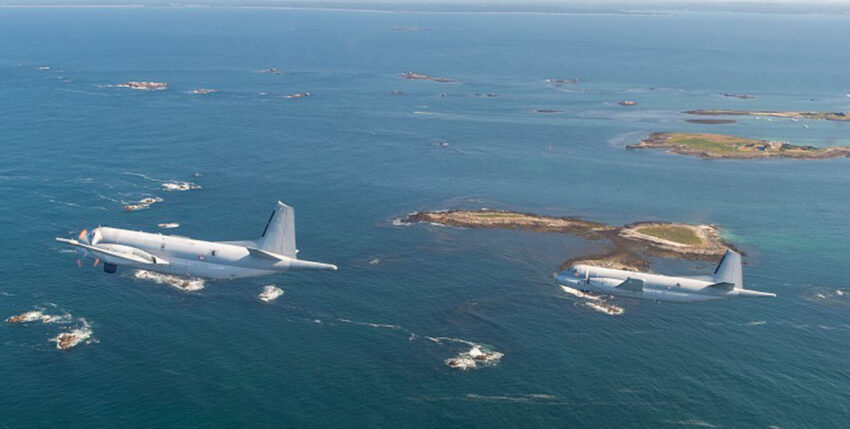After the Breguet Atlantic was discontinued, the German Navy opted for second-hand P-3Cs from the Dutch. France, on the other hand, decided to develop its own successor, the Atlantic 2. Also known as the Atlantic Nouvelle Generation (ANG), these maritime patrol aircraft differed from their predecessors only in the details. However, after 20 years in service, the technical equipment was no longer up to date and the decision was made to upgrade in 1993. Just under two years ago, the first of the converted aircraft rejoined the fleet.
An important stage has now been reached on the way to unrestricted operation planned for the end of 2021: on 17 December, the naval staff signed the decision to accept the initial operational capability (PCO) of ATL2 Standard 6. A significant increase in performance compared to Standard 5 was observed, particularly in the area of underwater combat. With the introduction of Standard 6, the Atlantic 2 is able to localise and combat current threats. Dassault, Thales, Naval Gruop and SIAé are involved on the industry side. Among other things, tactical simulators and systems for preparing missions still need to be provided before the aircraft can finally enter service. In addition, the crews still have to undergo training, which should be completed in the course of this year.
Text: mb
Photo: Marine Nationale









One Response
I remember a statement from a US Navy exchange pilot (P3C Orion) who was allowed to fly the Breguet BR 1150 Atlantic of our naval aviators: "Now I get to fly a real naval aircraft for the first time...!"
In this context, as an aeronautical engineer and university lecturer in maritime aviation, I would like to ask whether a student research project or master's thesis on the suitability of converted passenger aircraft as maritime patrol aircraft (e.g. P3C, P8 ) would be of interest?
Yours sincerely
E. wilczek